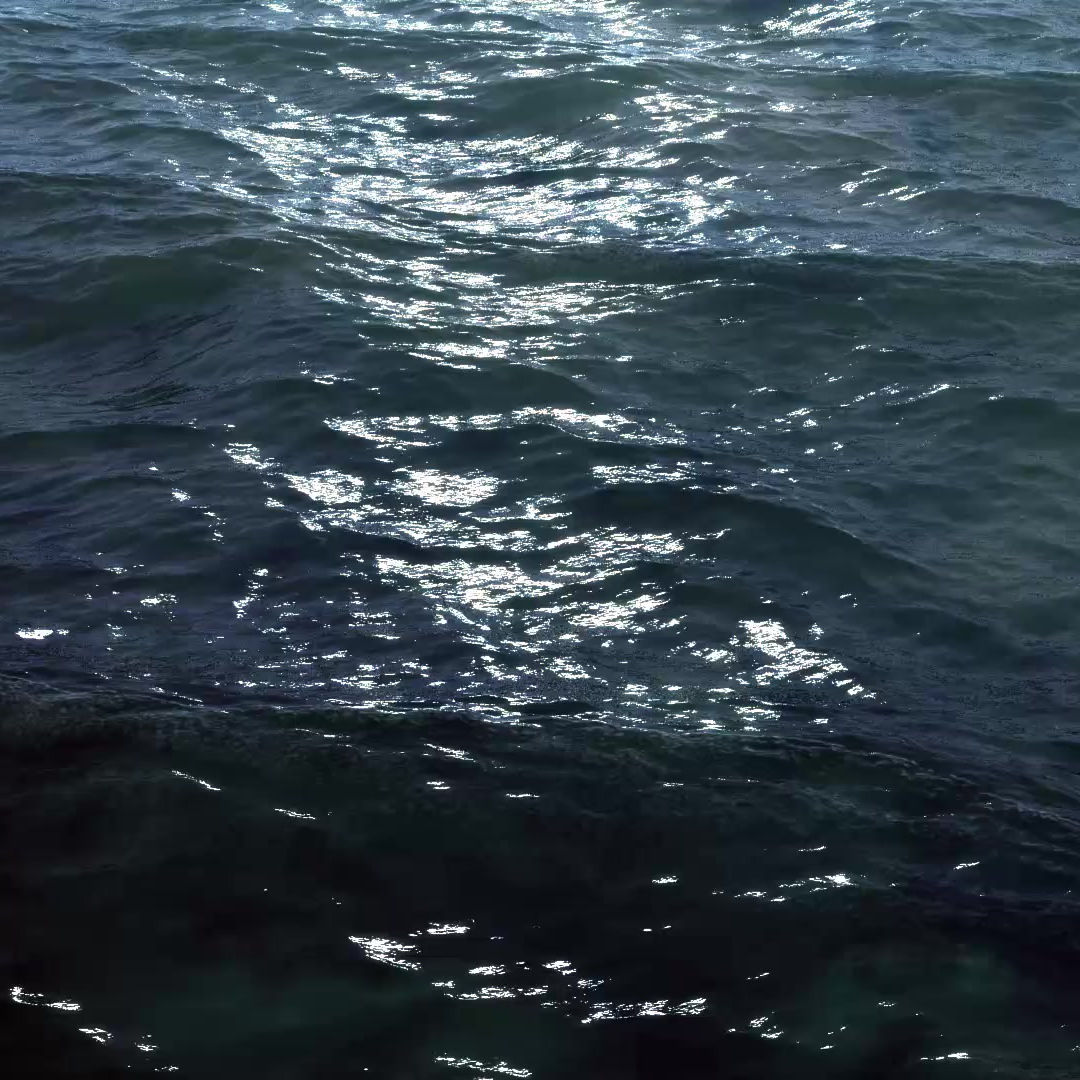
The Battle of Sadras
The Battle of Sadras was the first of five largely indecisive naval battles fought between a British fleet under Admiral Sir Edward Hughes and French fleet under the Bailli de Suffren off the east coast of India during the American War of Independence.
HMS Superb was the flagship in this and three more of these five battles .
The battle of Sadras, which was fought on 17 February 1782 near present-day Kalpakkam, was tactically indecisive, but the British fleet suffered the most damage, and the troop transports that Suffren was protecting were able to land their troops at Porto Novo.
At daylight the British saw the French squadron twelve miles east (A, A) and its transports nine miles south-west (c).
Hughes chased the latter and took six. Suffren pursued, but could not overtake before sunset, and both fleets steered south-east during the night. Next morning there were light north-north-east airs, and the French were six miles north-east of the British (B, B).
The latter formed line on the port tack (a), heading to seaward; Hughes hoping that thus the usual sea-breeze would find him to windward. The breeze, however, did not make as expected; and, as the north-east puffs were bringing the enemy down, he kept off before the wind (b) to gain time for his ships to close their intervals, which were too great.
At 1600 the near approach of the French compelled him to form line again, on the port tack, heading easterly. The rear ship, Exeter, 64, was left separated, out of due support from those ahead (C). Suffren, leading one section of his fleet in person, passed to windward of the British line, from the rear, as far as Hughes's flagship, which was fifth from the van.
There he stopped, and kept at half cannon-shot, to prevent the four van ships from tacking to relieve their consorts. It was his intention that the second half of his fleet should attack the other side of the English (D), but only two of them did so, engaging to leeward the extreme rear (C).
The result was, to use Hughes's own words, that " the enemy brought eight of their best ships to the attack of five of ours." It will be noted with interest that these were exactly the numbers engaged in the first act of the battle of the Nile.
The Exeter (like the Guerrier at the Nile) received the fresh broadsides of the first five of the enemy, and then remained in close action on both sides, assailed by two, and at last by three, opponents, two fifties, and one sixty-four.
When the third approached, the master of the ship asked Commodore Richard King, whose broad pennant flew at her masthead, " What is to be done ? " "There is nothing to be done," replied King, "but to fight her till she sinks."
Her loss, 10 killed and 45 wounded, was not creditable under the circumstances to the French gunnery, which had been poor also at Porto Praya.
At twenty-five minutes past six after noon, just before dark, the enemy’s ships engaged with our’s,having visibly suffered severely, the whole of them hauled their wind and stood to the NE. At this time the Superb had lost her main-yard, shot into two pieces in the slings, had five feet [of] water in her hold, and continued for some time to gain on all her pumps until several of the largest shot-holes under waterwere plugged up, and neither brace nor bowline left entire.
And the EXETER, almost reduced to the state of awreck, had made a signal of distress. The other three ships in our rear, the MONARCA, ISIS, and HERO, had suffered less, as the enemy’s fire appeared plainly to be directed principally against the Superb and EXETER.
Rear Admiral Hughes wrote
"It is with particular pleasure I have to acquaint their Lordships that the officers and men of the five shipsengaged against so superior a force of the enemy behaved throughout the whole action with the greateststeadiness and bravery.
After the action I stood to the southward under little sail all night, and in the morning at daylight found the Superb's main-mast, fore-mast, and bowsprit so much wounded as to render it exceeding dangerous to carry sailon them. The EXETER’s masts were also much damaged, and the shot-holes in all the ships that had been engaged so far under water as to render it impossible to stop them but by giving the ships deep heels in smoothwater.
All which, and the wind continuing to blow from the northward, determined me to proceed toTrincomalee as the only proper place to re-fit the dis-abled ships, and I accordingly arrived there on the 24th.And having done, with the utmost expedition, what repairs were absolutely necessary to put the dis-abled ships into a condition for service, I sailed from that place with the squadron on the 4th of last month.
Abstract of the killed and wounded on board His Majesty’s ships
Ships Killed Wounded Total
SUPERB 11 25 36
EXETER 10 45 55
MONARCA 1 5 6
HERO 9 17 26
ISIS 1 3 4
At 1800 the wind shifted to south-east, throwing all on the other tack, and enabling the British van to come into action. Darkness now approaching, Suffren hauled off and anchored at Pondicherry.
Hughes went on to Trincomale to refit. The British loss had been 32 killed, among whom were Captain William Stevens of the flagship Superb and Captain Henry Reynolds, of the Exeter, and 83 wounded.
The French had 30 killed; the number of their wounded is put at 100.


Detail from a 1794 map showing southern India.Sadras is south of Madras on the east coast.


